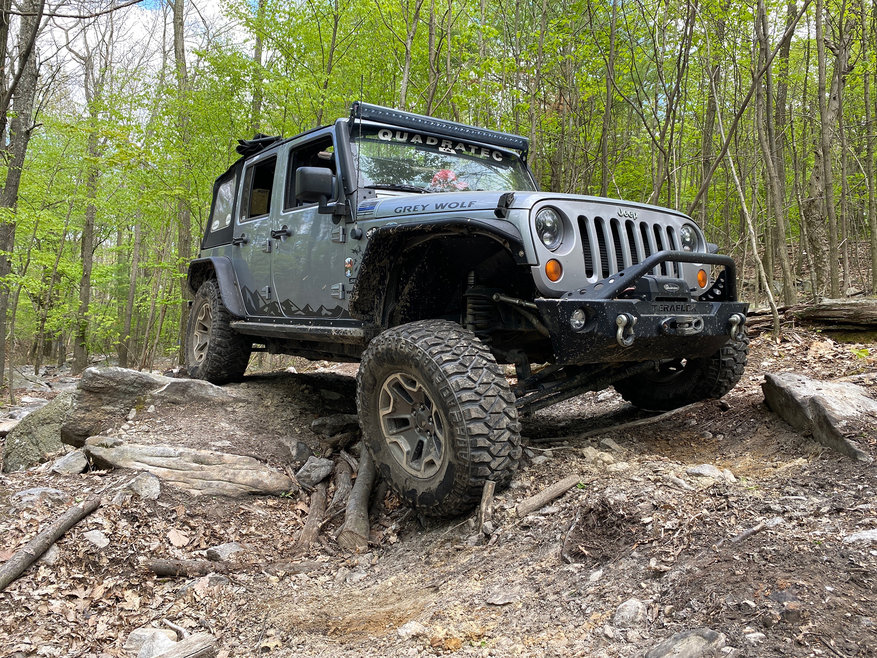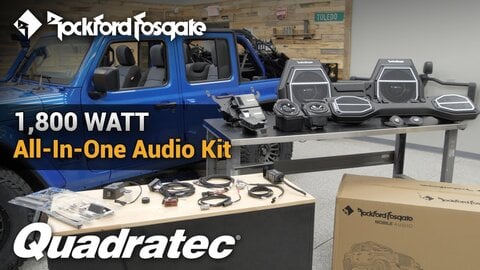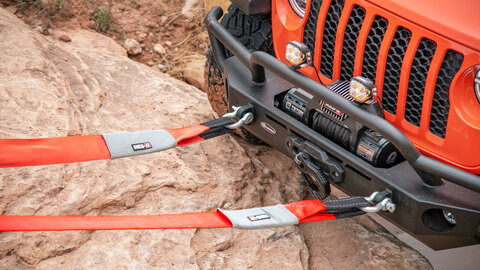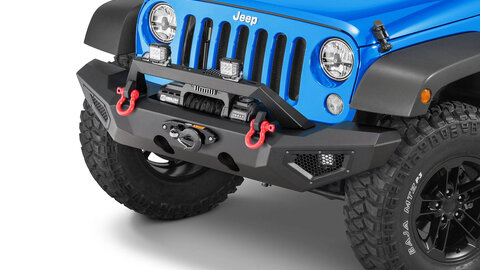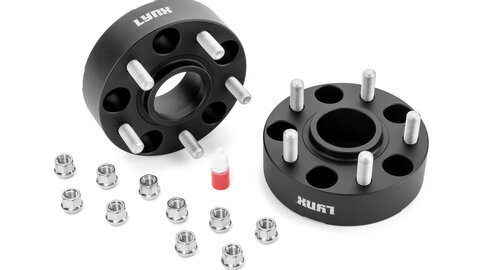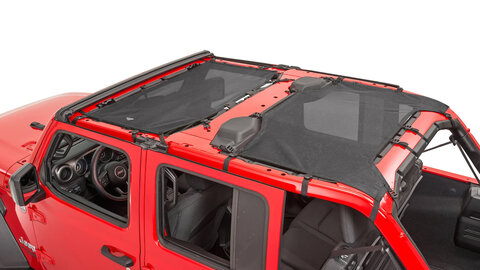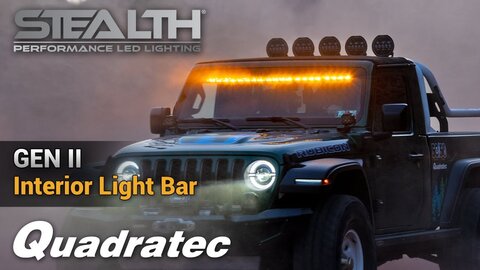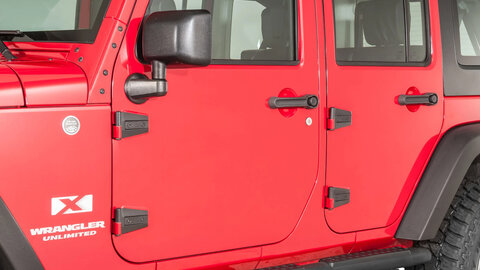by Don Bray
Torque Correspondent
Part One of Two about Jeep Suspensions and their components
You’ve no doubt seen them while driving around. Maybe caught a glimpse of them sitting in the parking lot of the local supermarket or convenience store.
Jeep CJs and Wranglers that look like they are wearing platform shoes because of a suspension lift and larger tires. Vehicles with so much ground clearance that you feel like you’d need a stepladder to get inside.
And the biggest thing, no pun intended, is they really do not look like your Jeep.
And yet, it is a look you may really want.
The question you really need to ask though, is easy. Is it a look you really need?
For many, a Jeep suspension lift is often one of the first things new owners look to change on their vehicle.
Why?
Well, these kits do an excellent job replacing many of the factory suspension components with versions that give the vehicle more ground clearance. Couple this with larger tires (another first purchase-type item) and it all works together to increase the “off-road ability” of what is already an excellent platform. Plus, this beefier look adds a level of ruggedness that can be really appealing.
But before you go out and blindly grab something to replace your current suspension, there are a few things you should understand.

First, depending on the size and lift type, these kits may alter the way your Jeep rides and handles. Suspension technology has come a long way over the years, and most kits are better now than they used to be, but different ones — especially entry-level versions — can compromise that handling and ride quality.
Next, “How bad do I want that lift?” Is it bad enough you are willing to deal with some adverse effects it may have on your Jeep in exchange for that rugged look and increased off-road performance?
Or, “Am I willing to pay a premium to purchase a higher-quality lift that contains components designed to minimize those adverse effects?”
For me, the Jeep Life is deeply engrained in who I am. Lifted Jeeps and Jeep Life go hand and hand, so I felt the drive to immediately install a suspension lift. Add that to my passion for wheeling, and it seemed as if it was a necessity.
I also knew what I would gain by putting a lift and tires on my Jeep. I didn’t choose an expensive lift, instead starting with a budget-friendly one that I’m able to add components on, down the road, thus helping enhance its performance.
In the meantime, what did I gain?
The sure-fire answer is better approach, departure, and breakover angles. Additionally, that lift gave me the ability to install larger tires as well, and all of this will make a noticeable performance difference on the trail.
To help gauge that difference, we can compare a stock Jeep JKU Sport to one that has a 2.5-inch lift and 35-inch tires.
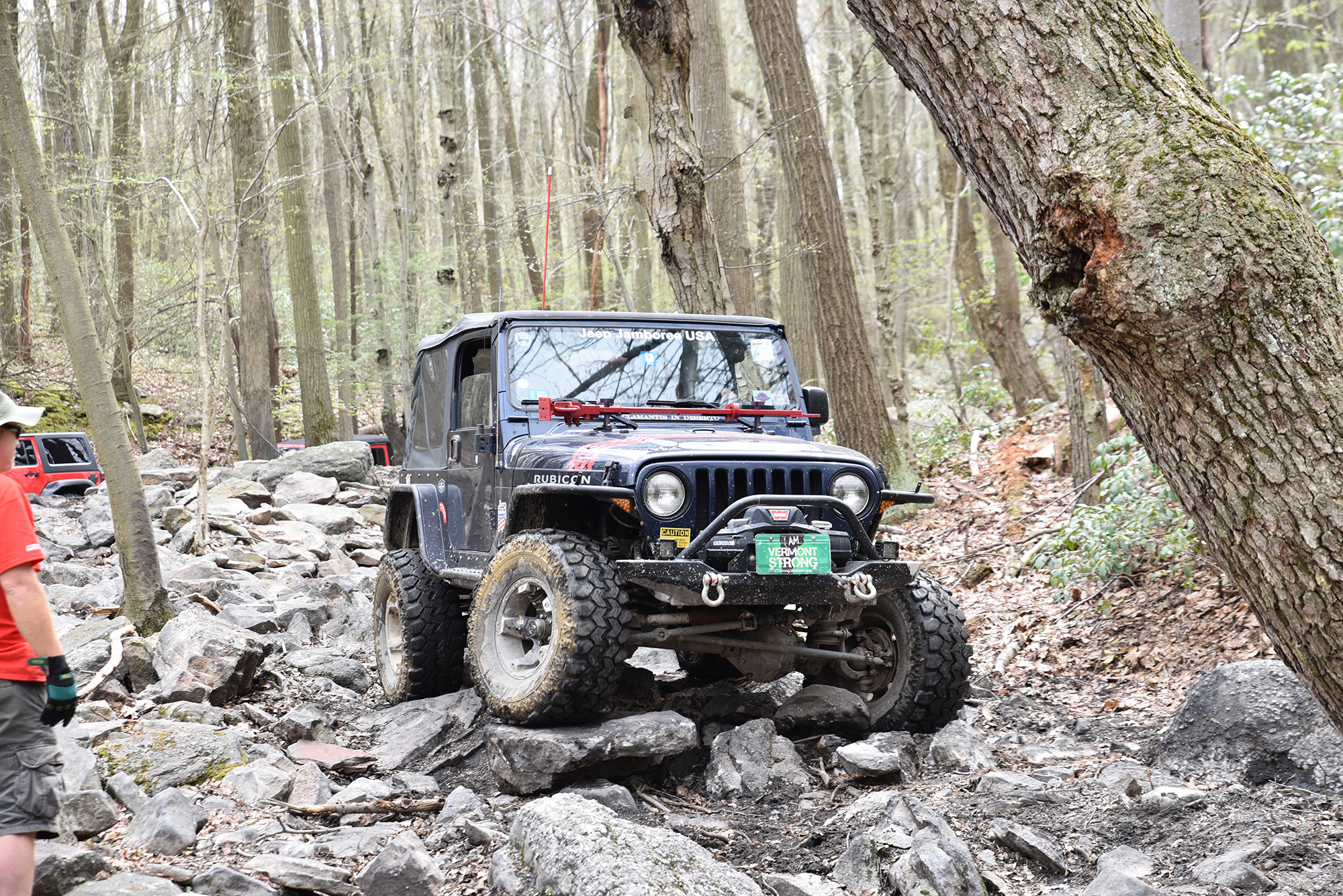
In Pennsylvania, like many other places, we rate trail difficulty according to colors. The system goes green (easy), blue (intermediate), black (hard), and red (extreme). So, a stock Jeep Wrangler with a somewhat experienced driver should be capable of completing green and blue trails without much concern or vehicle damage. That same Jeep with a 2.5-inch lift and 35-inch tires should be capable of completing most black trails. Again, ask yourself, “Do I fit any of these criteria?” If you do, then consider a lift.
What size lift is the right one for me?
To answer this question, you need to ask yourself three other simple questions:
What size tire do I want to go with for an upgrade?
What am I going to do with my Jeep?
What is my budget?
Prior to sorting through these, I do have a disclaimer; different lifts will net different results.
In laymen’s terms, you can buy a 2.5-inch lift and realistically end up with three inches of clearance, or vise versa. Also, always check the maximum allowable tire size for your lift and this should be available on the respective manufacturer’s website.
In all honesty, unless you are going to seriously explore hardcore red-level trails, a 2.5- to 3.5-inch lift with 35- to 37-inch tires will be more than adequate for your needs.
Of course, if your wallet allows, there are plenty of options that will afford you a smoother ride with that extra clearance and larger tires, and generally speaking the more expensive the kit, the better the componentry involved.
These kits usually offer geometry correction parts that help eliminate those sharper angles a suspension kit creates. Plus, where many budget kits just give you brackets in some cases to attach your factory steering parts, higher-level kits provide all new componentry such as sway bar links, upper and lower control arms, track bars and perhaps even a new tie rod, among other items.

Additionally, keep in mind that as you increase your Jeep’s tire size, your factory rims may no longer provide the proper offset or backspacing, so that could cause your tires to stick out farther than normal. A good set of aftermarket wheels can correct this problem. You’ll probably want to invest in a programmer as well so your speedometer maintains its accuracy.
There may also be some other issues to address when you add a suspension lift and new tires — we’re talking gear ratio and braking.
Those of you with a Wrangler Sport or Sahara may still have the factory gear ratio, which could either be 3.21 or 3.73 and the lower of which is definitely challenging on the vehicle’s acceleration and gas mileage should you add larger tires. If this is your case, upgrading to at least 4.10 gearing makes sense to get better performance from your vehicle.
Rubicon trim owners have things a bit better as most of those are already 4.10 from the factory. Even still, bumping that ratio to 4.56 with 35- to 37-inch tires is certainly helpful.
Your Jeep’s brake performance is the other issue because as those tires and wheels become larger, the rotational mass increases. The additional weight of those items also adds stress.
However, there is some wiggle room. At a minimum, a JK wrangler has a towing capacity of 2,000 pounds, so those brakes need to be able to handle this additional load. A Jeep’s stock brake system will tolerate larger tires and wheels, but this extra mass will decrease overall brake performance over time.
The best remedy? Upgrading to larger brake rotors and calipers.

Another thing to consider is how the vehicle’s steering geometry may be affected by larger lifts and the first issue that may need some love is bump steer.
Bump steer occurs when the geometry between the track bar and the drag link becomes too great and the drag link length can’t correct as it is fixed to a stationary point. This can be easily corrected by a drop pitman arm or drag link flip kit.
A few other problems that could arise when adding lift kit and larger tires include sector shafts, track bar mounts and steering stabilizers.
So, getting to the point and answering the question of how much lift you need once you decide you do want a suspension lift:
If you are on a budget, and do not plan on using the vehicle for hardcore off-roading, then stick with a 2.5- to 3.5-inch lift. For example, you can purchase a Quadratec Maximum Duto 2.5-inch lift forr your Wrangler JL that starts at 549.99. This kit includes springs, shocks, sway bar end links, bump stops and all necessary hardware.
You’ll have enough room to fit 35-inch tires (37-inch on Rubicon) and increase articulation, approach and departure angle as well as break over. It will increase everything that the average Jeep enthusiast is looking for, not to mention the cool factor. If you have a little more to spend, you can add options like geometry correction brackets or control arms.
The beauty of this is that as your skill level increases, you can add components to your Jeep to match your skill level. Of course, if you have a larger budget there are other high-end kits that include just about everything you need to raise the vehicle while keeping a factory-like ride.
But remember, as we said before, purchasing a lift kit generally isn’t the end of your suspension or front end modifications as there are others you’ll more likely need to make sure your vehicle continues to handle well no matter the surface.












